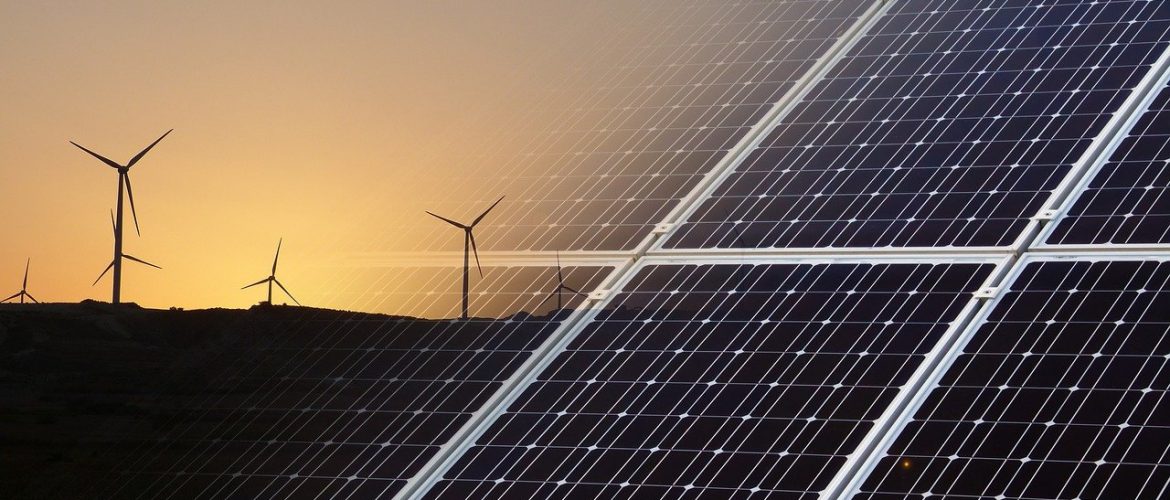According to the latest available monthly data from the Greek IPTO (ADMIE) for the interconnected network (April 2023):
Despite the decrease in renewables in April compared to March, overall for the first four months of 2023, renewables (6761 GWh) continued to lead in electricity production, outperforming fossil gas and lignite (5573 GWh) combined by more than 1 TWh (1188 GWh). It should be noted that renewables were also in the first place in the corresponding period in 2022, but their lead over gas was significantly smaller, as was their contribution compared to the sum of lignite and gas electricity production (-1428 GWh). Consequently, in one year, the balance between renewables and fossil fuels shifted in favour of renewables by 2616 GWh.
Overall in the first four months of 2023, gas remained in second place in terms of electricity production (3852 GWh), while net imports were in third place contributing 2599 GWh, followed by lignite (1721 GWh) and large hydro (1001 GWh).
The large decrease of gas in the contribution to electricity production during the first four months of the year compared to the same period in 2022 (-2095 GWh), the smaller decreases from large hydro (-453 GWh) and much less from lignite (-49 GWh), were primarily offset by the reduction in electricity demand (-1508 GWh), followed by the increased contribution of net imports (+633 GWh) and renewables (+459 GWh).
The corresponding percentage changes in the first four months of the year compared to the same period in 2022 were as follows:
Lignite: -2.8%
Fossil Gas: -35.2%
Renewables: +7.3%
Hydro: -31.2%
Net imports: +32.2%
Demand: -8.6%
In total, in the first four months of 2023, clean energy from renewables and large hydro (7762 GWh) exceeded fossil fuel-based production (5573 GWh) by more than 2 TWh, coming very close to the 12-year maximum contribution from renewables and hydro, which was that of the corresponding period of 2021 (7843 GWh). On the contrary, electricity production from fossil fuels during the same period was at its lowest level in the last 12 years, having decreased by 27.8% compared to 2022, mainly due to the decrease in fossil gas (-35.2%) and less so that of lignite (-2.8%).
Renewables set a record for the first four months of the year, covering 42.4% of demand. The overall contribution of clean energy (renewables and large hydropower) in covering demand reached record levels at 48.7%, exceeding by more than one percentage point the second highest performance recorded in the first four months of 2021 (47.4%). Even more significant was the increase in the share of renewables and large hydro in electricity production in the first quarter of 2023 with 58.2%, exceeding the respective shares of 2021 and 2022 by more than 8 percentage points (50.8% and 50.1%, respectively). The remaining demand in the first four months of 2023 was met by fossil gas with a share of 24.2% (the lowest since 2018), net imports with 16.3%, and lignite with 10.8%.
Especially for April 2023:
– A 15-month low in electricity demand (3588 GWh) was recorded.
– Production from large hydro (174 GWh) was the lowest since February 2020.
– Production from lignite (275 GWh) was the third lowest in 15 months after April and May 2022 (176 and 222 GWh, respectively).
For the tenth consecutive month, electricity demand continued to decline compared to the same month of the previous year. In particular, consumption in April 2023 (3588 GWh) was the second lowest for the same month in the last 5 years. Overall, consumption in the first four months of 2023 (15,939 GWh) fell by 9.7% compared to the same period of the previous year and was lower than the five-year average (-6.8%).




















































































































































































































































































































